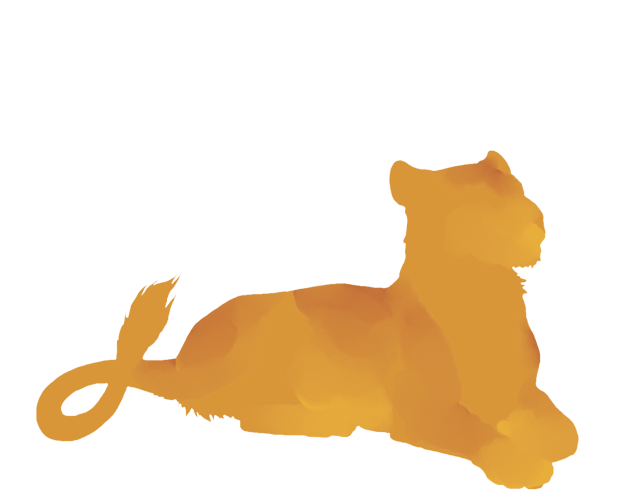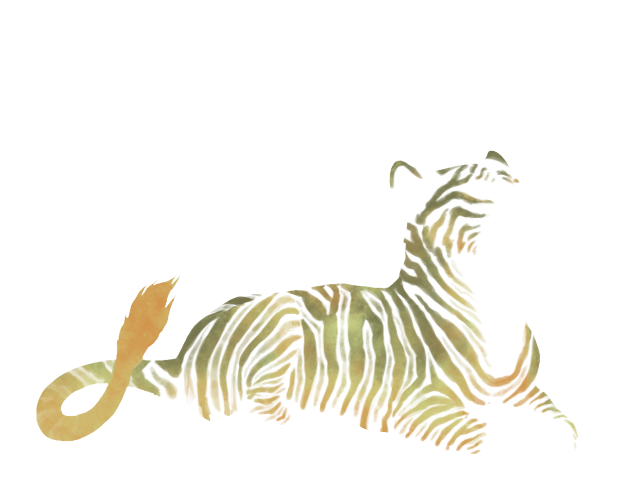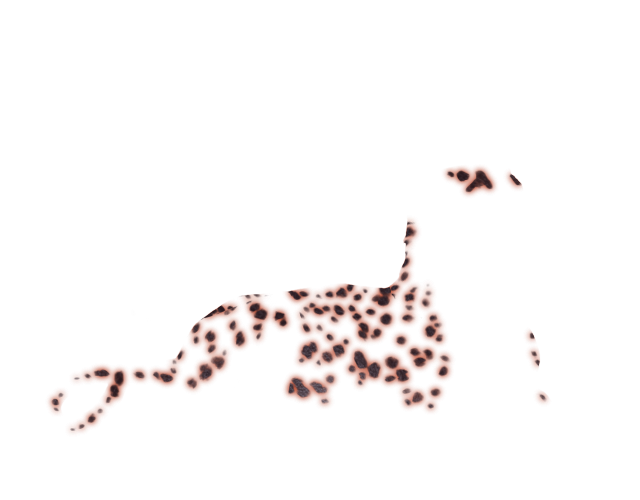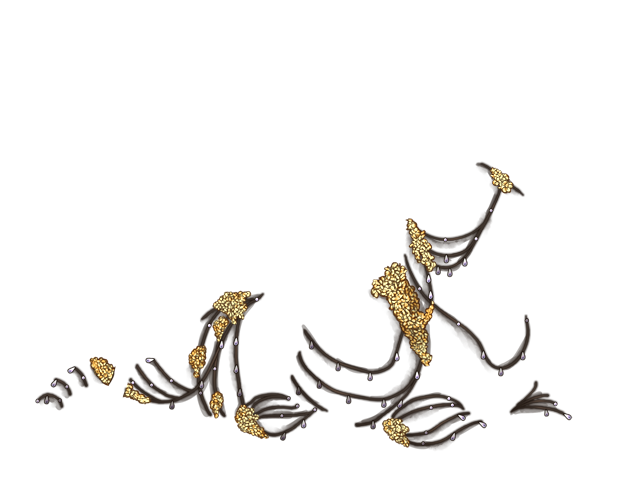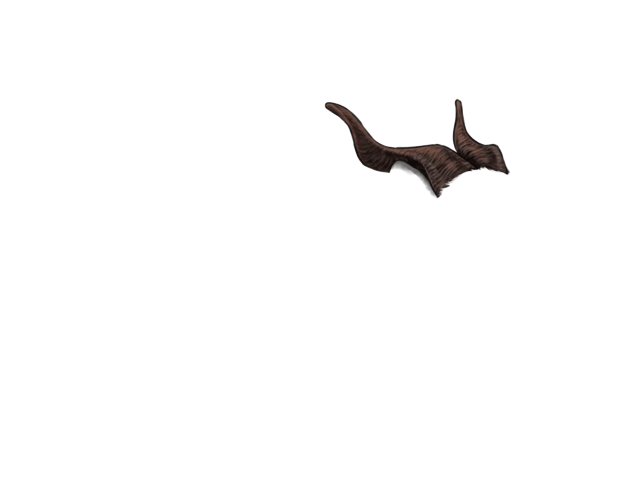|
You drop 150 silver beetles before the scrying stone.. And the markings are revealed to be... White Tail Spotting (Slot 11), Chert Dorsum (Slot 13), Proteles Scarce Ginger (Slot 14), Blue Poinsettia Proteles Heavy (Slot 15), Royal Soft Unders (Slot 18), Quartz Shimmer (Slot 20).
————————————————-Story Line———————————————
Symbol: Aegis, helmet, spear, armor, Gorgoneion, chariot, distaff
Roman equivalent: Minerva
Children: Erichthonius (adopted)
Egyptian equivalent: Neith
Athena, likewise spelled Athene, in Greek religion, the city protectress, goddess of war, handiwork, and functional explanation, distinguished by the Romans with Minerva. She was basically metropolitan and enlightened, the direct opposite in many regards of Artemis, goddess of the outside. Athena was most likely a pre-Hellenic goddess and was subsequently taken over by the Greeks. However the Greek economy, in contrast to that of the Minoans, was generally military, so Athena, while holding her prior homegrown capabilities, turned into a goddess of war.
Athena was an equipped hero goddess. The Parthenon at Athens was her most well known hallowed place. She never had a genuine sweetheart or somebody to embrace and hold her; the sum total of what she had was her caring mother, caring dad and most her family.
She was the girl of Zeus, created without a mother, so she arose full-developed from his temple. There was an elective story that Zeus gulped Metis, the goddess of advice, while she was pregnant with Athena, so Athena at long last risen up out of Zeus. Being the most loved offspring of Zeus, she had incredible power.
Athena's relationship with the acropolises of different Greek urban communities presumably originated from the area of the rulers' royal residences there. She was remembered to have had neither partner nor posterity. She might not have been depicted as a virgin initially, yet virginity was credited to her initial and was the reason for the understanding of her designations Pallas and Parthenos. As a conflict goddess Athena couldn't be overwhelmed by different goddesses, like Aphrodite, and as a castle goddess she was unable to be disregarded.
In Homer's Iliad, Athena, as a conflict goddess, motivates and battles close by the Greek legends; her guide is inseparable from military ability. Additionally in the Iliad, Zeus, the main god, explicitly appoints the circle of battle to Ares, the lord of war, and Athena. Athena's moral and military prevalence over Ares gets to some extent from the way that she addresses the scholarly and socialized side of war and the temperances of equity and ability, though Ares addresses simple blood desire. Her prevalence additionally gets to some degree from the boundlessly more prominent assortment and significance of her capabilities and from the nationalism of Homer's ancestors, Ares being of unfamiliar beginning. In the Iliad, Athena is the heavenly type of the courageous, military ideal: she embodies greatness in close battle, triumph, and magnificence. The characteristics that lead to triumph are tracked down on the aegis, or breastplate, that Athena wears when she does battle: dread, hardship, safeguard, and attack. Athena shows up in Homer's Odyssey as the tutelary divinity of Odysseus, and legends from later sources depict her likewise as aide of Perseus and Heracles (Hercules). As the watchman of the government assistance of lords, Athena turned into the goddess of good advice, of reasonable limitation and functional understanding, as well as of war.
In post-Mycenaean times the city, particularly its fortification, supplanted the castle as Athena's area. She was generally revered, however in present day times she is related basically with Athens, to which she gave her name. Her rise there as city goddess, Athena Polias ("Athena, Gatekeeper of the City"), went with the old city-state's change from government to a vote based system. She was related with birds, especially the owl, which became popular as the city's own image, and with the snake. Her introduction to the world and her challenge with Poseidon, the ocean god, for the suzerainty of the city were portrayed on the pediments of the Parthenon, and the extraordinary celebration of the Panathenaea, in July, was a festival of her birthday. She was additionally loved in numerous different urban communities, outstandingly in Sparta.
Athena turned into the goddess of artworks and gifted peacetime pursuits overall. She was especially known as the patroness of turning and winding around. That she at last became allegorized to embody shrewdness and uprightness was a characteristic improvement of her support of expertise.
Get a Britannica Premium membership and get close enough to selective substance.
Buy in At this point Athena was usually depicted wearing body reinforcement and a cap and conveying a safeguard and a spear. Two Athenians, the artist Phidias and the writer Aeschylus, contributed essentially to the social dispersal of Athena's picture. She propelled three of Phidias' sculptural show-stoppers, including the monstrous chryselephantine (gold and ivory) sculpture of Athena Parthenos once housed in the Parthenon; and in Aeschylus' emotional misfortune Eumenides she established the Areopagus (Athens' noble board), and, by breaking a gridlock of the appointed authorities for Orestes, the respondent, she set the trend that a tied vote meant exoneration.
|




